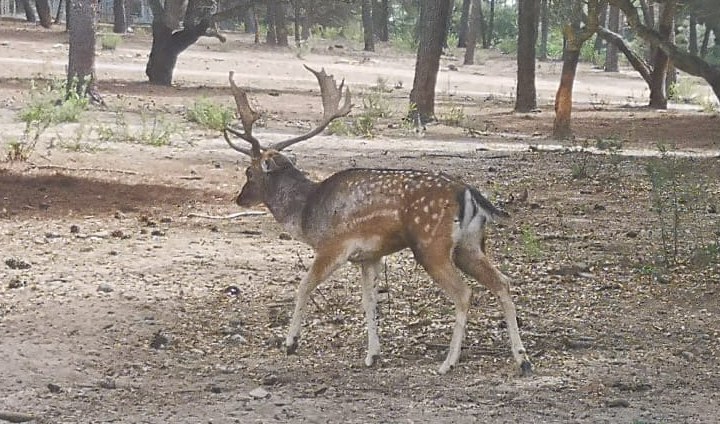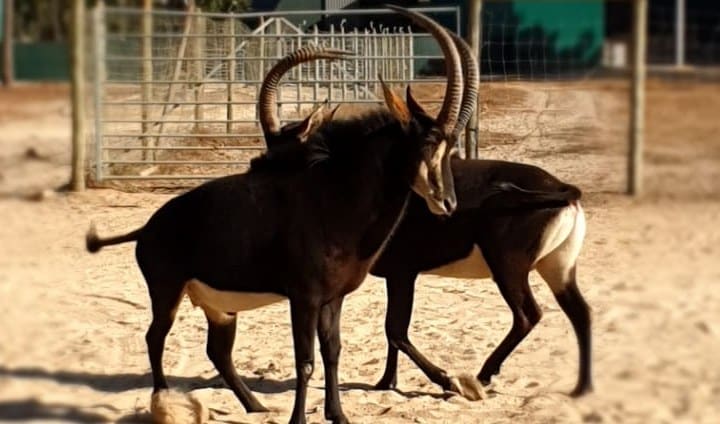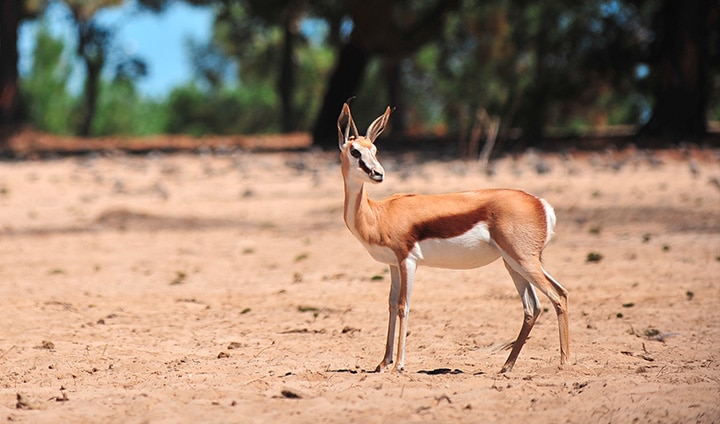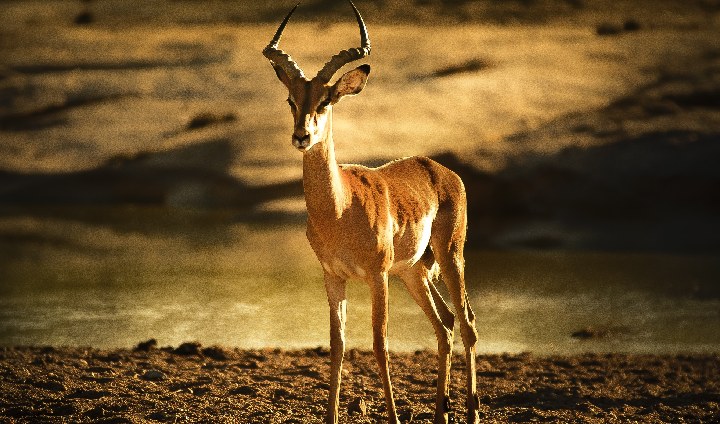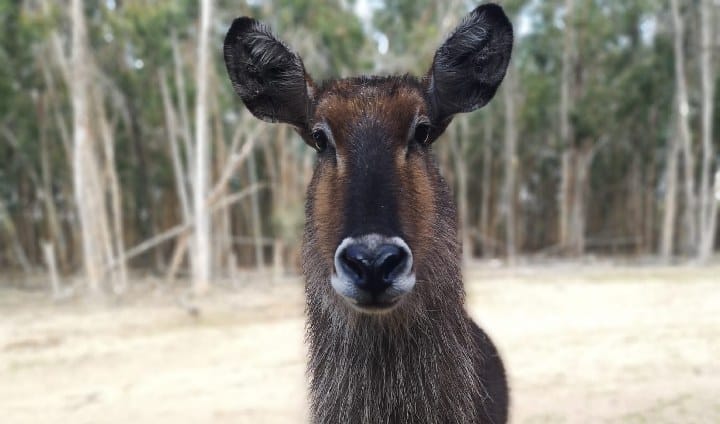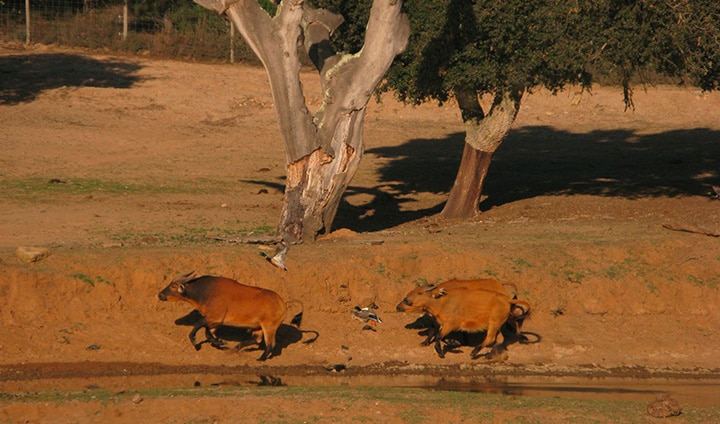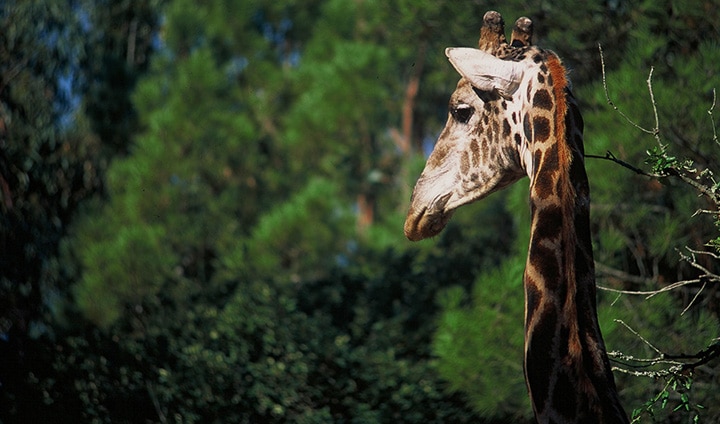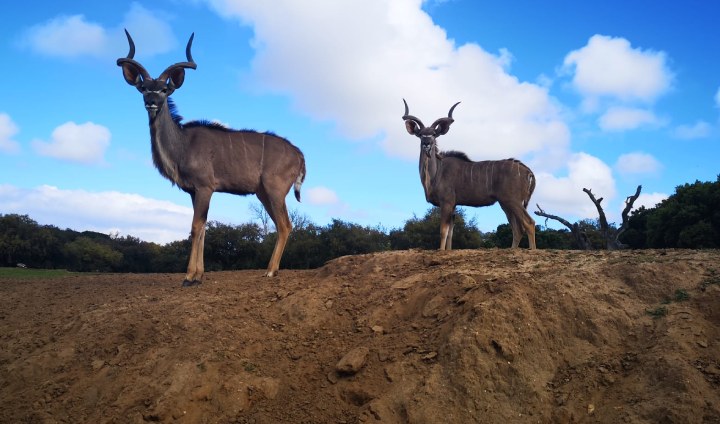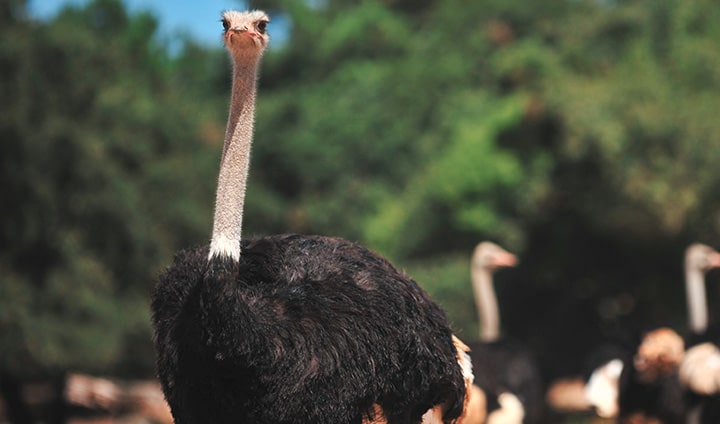Distribution and Habitat: The geographical distribution of this species extends from central India to the south of Nepal. They are also present in Bhutan and Thailand. They are found in tropical and subtropical forests. They are considered terrestrial animals, but also depend on water courses and even mud puddles.
Diet: Buffaloes are ruminants and graze on grass (grazer). It can also feed on shrubs, aquatic plants and other vegetation that grows near water courses.
Reproduction: They are typically polygamous. When females go into heat, males enter groups created by the females. After copulation, males are excluded from the group. The seasonality of reproduction is very variable. Gestation lasts between 300 to 340 days. Each female births a calf every two years, weighing about 40 kg at birth and are weaned at 9 months of age.
Behaviour: Buffaloes are very social and can form herds of 10 to 20 individuals. There is a hierarchical dominance and the leader is usually the oldest buffalo. At three years of age, males tend to form herds, of up to 10 animals that have a wider distribution than the female herds. Buffaloes are very fond of bathing in the mud as it takes longer to evaporate, than water, and so they stay cool for longer.
Conservation Status: Endangered (EN)
Class: Mammalia
Order: Artiodactyla
Family: Bovidae
Dimensions: 2.4 m – 3 m lenght
Weight: 800 kg -1200 kg, domestic animals can reach 550 kg
Lifespan: 29 years in captivity and 25 years in the wild



